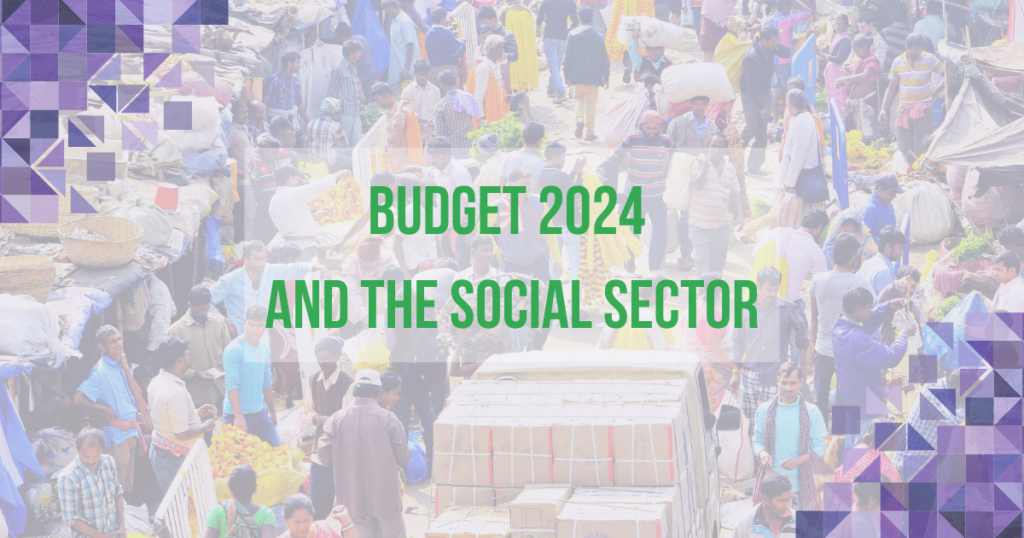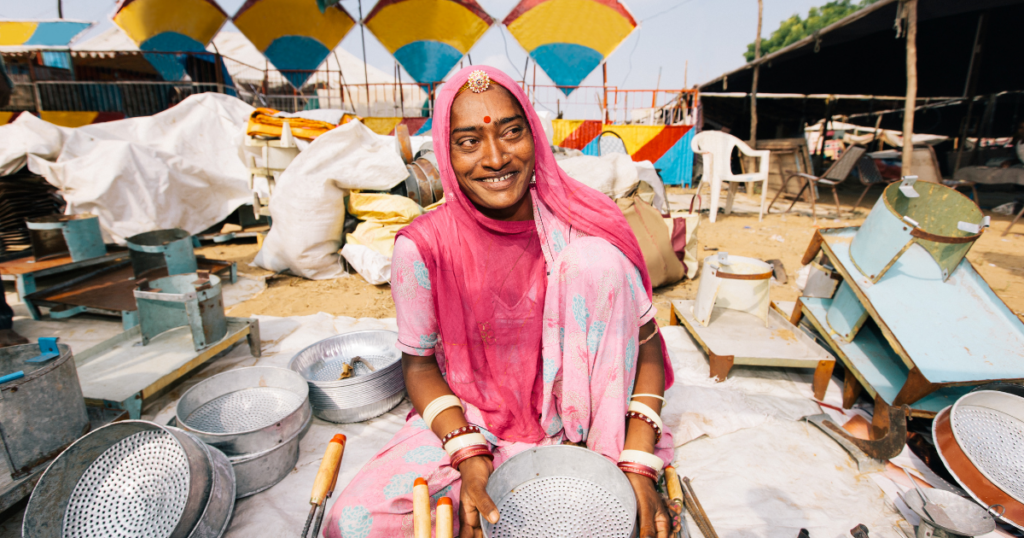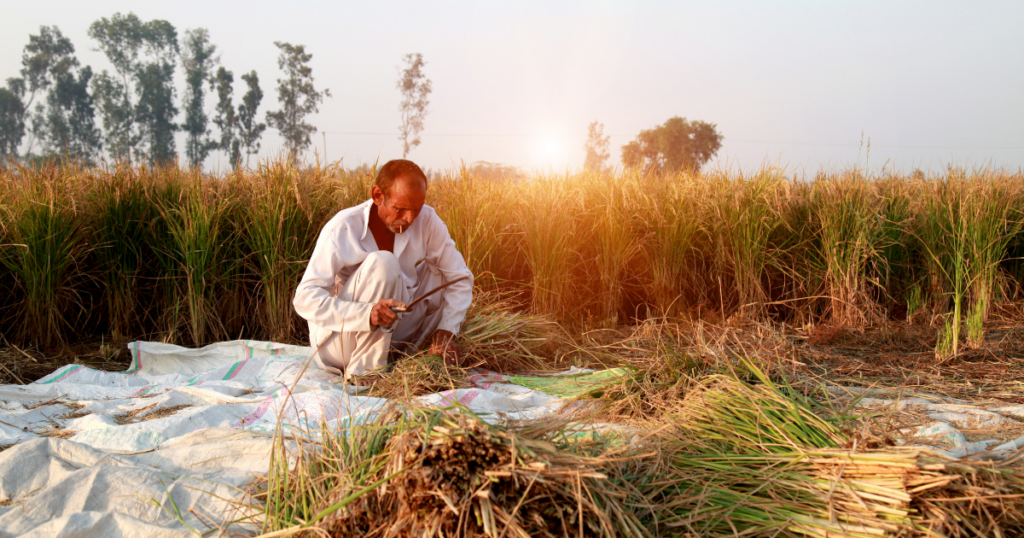Gender inequality not only presents social and moral challenges but, as has now been well documented, also leads to economic repercussions. India also has the challenging prospect of a rural landscape, where deep-rooted social stigma, limited opportunities, and the general informal nature of the workforce, make change slow despite numerous efforts from ecosystem actors.
A need to formalise women’s participation in agriculture.
Agriculture is one of the main sources of livelihood for women in rural India. The women play a critical role across the entire value chain, right from the pre-harvest stage, to on-farm operations, post-harvest activities, and in a few cases, direct or indirect involvement in market operations. Despite their contribution and value addition, however, women are viewed as informal workers who are characterised as domestic support or even go unpaid. This results in poor financial security, safety, and well-being for women in the workforce in the rural landscape.
These issues result in a reduced scope of work, social barriers and a lack of opportunities for women in agriculture to get recognition. Women in India’s rural landscape, therefore, end up being victims of society and the circumstances they face.
Interventions by the government and philanthropic organisations.
Enabling gender equality in agriculture has been an important issue that the government and philanthropic capital have been trying to address through various interventions.
The government has attempted to alleviate the position of women in agriculture through a combination of policy initiatives, setting up certain programmes and schemes, and directives for funding. Philanthropic capital has focused on programmes that are implemented to sensitise women, and build awareness and decision-making across levels. However, there is still a need for further innovation that can result in higher inclusion, increased participation, and wider reach among women across states. The current government and philanthropic initiatives need to shift from gender equality to gender equity for achieving realistic goals in the agriculture sector.
Key drivers and actions for formalising women in agriculture.
To address the challenges women in agriculture face, specifically around their scope of work, social barriers, and lack of opportunities and development, there are four levers with corresponding actions that can be taken. These have the potential to contribute towards a transformational change for the ‘shadowed’ workforce in agriculture.
• Lever 1: Technology inclusion to increase the scope of work and opportunities for women farmers.
• Lever 2: Utilising human resources effectively in order to overcome social barriers and create equal opportunities for women farmers.
• Lever 3: Integrating innovative finance models to increase the scope of work for women farmers.
• Lever 4: Developing better market access through increasing women farmers’ scope of work, helping them to overcome social barriers and increasing opportunities for them.
By understanding some key action points to be taken to enable these levers, the status of women’s participation in agriculture and formalising their contributions can be realised sooner for the benefit of the larger society and economy.
Authors: Pranjali Siwal and Ashutosh Chaudhary, supported by Shrushti Singh
Technical review: Debaranjan Pujahari




